|
Here are all the paintings of ROSA, Salvator 01
| ID |
Painting |
Oil Pantings, Sorted from A to Z |
Painting Description |
| 8960 |
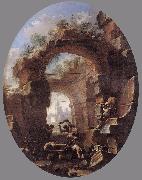 |
A Friar Tempted by Demons dy |
1660-65
Oil on canvas 65 x 83 cm
Galleria Nazionale d'Arte Antica, Rome |
| 8959 |
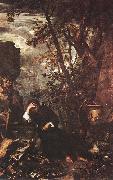 |
Democritus in Meditation af |
c. 1650
Oil on canvas, 344 x 214 cm
Statens Museum for Kunst, Copenhagen |
| 8962 |
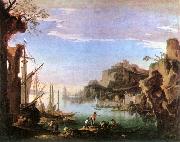 |
Harbour with Ruins af |
1640-43
Oil on canvas, 87,5 x 111 cm
Museum of Fine Arts, Budapest |
| 8961 |
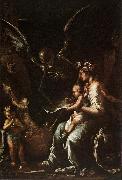 |
Human Fragility set |
Oil on canvas, 199 x 134 cm
Fitzwilliam Museum, Cambridge |
| 8963 |
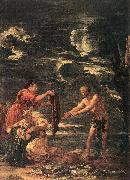 |
Odysseus and Nausicaa st |
Oil on canvas, 194,5 x 144 cm
The Hermitage, St. Petersburg |
| 8958 |
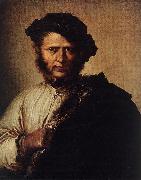 |
Portrait of a Man d |
Oil on canvas, 78 x 64,5 cm
The Hermitage, St. Petersburg |
| 8964 |
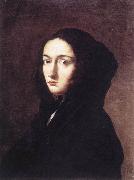 |
Portrait of the Artist's Wife Lucrezia af |
1657-60
Oil on canvas, 66 x 50,5 cm
Galleria Nazionale d'Arte Antica, Rome |
| 8966 |
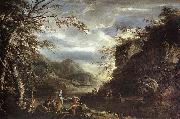 |
River Landscape with Apollo and the Cumean Sibyl gq |
c. 1655
Oil on canvas, 174 x 259 cm
Wallace Collection, London |
| 8967 |
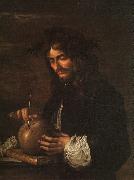 |
Self-Portrait af |
Oil on canvas
Metropolitan Museum of Art, New York |
| 8968 |
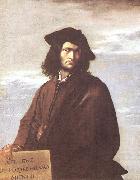 |
Self-portrait dh52 |
c. 1641
Oil on canvas, 116 x 94 cm
National Gallery, London |
| 8965 |
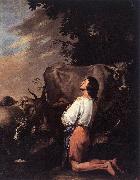 |
The Prodigal Son dg |
1640s
Oil on canvas, 253,5 x 201 cm
The Hermitage, St. Petersburg |
| 8969 |
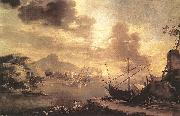 |
View of the Gulf of Salerno |
1640-45
Oil on canvas, 170 x 260 cm
Museo del Prado, Madrid |
| 8971 |
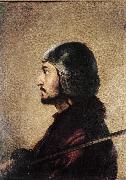 |
Warrior af |
Oil on canvas
Galleria Chigi Saracini, Siena |
|
|
| ROSA, Salvator
|
| Italian Baroque Era Painter, 1615-1673
Italian painter, draughtsman, etcher, poet and actor. He was one of the most original artists and extravagant personalities of the 17th century. His most popular and influential works were his landscapes, the wild and mountainous beauty of which contrasted with the pastoral scenes of Claude Lorrain. Yet Rosa also painted macabre subjects, erudite philosophical allegories and grand historical themes; he was, moreover, the most significant satirical poet of the Italian 17th century, and there is a close relationship between his poetry and painting. His earliest biographers, Filippo Baldinucci and Giovanni Battista Passeri, both of whom knew him well, described at length his fiery temperament
|
|

